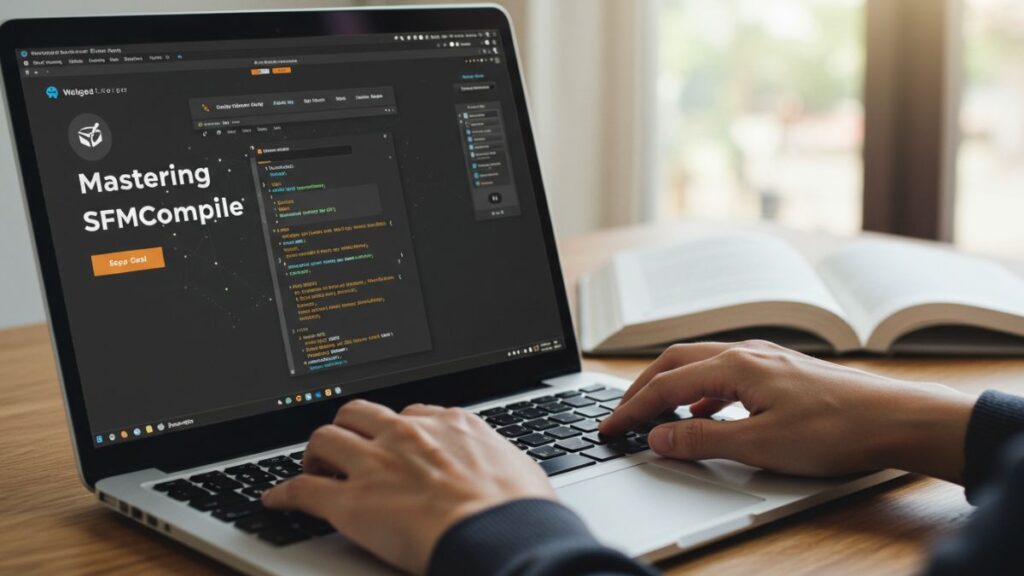In today’s custom animation landscape, sfmcompile has become the backbone for creators who wish to import and optimize unique assets within Source Filmmaker. Whether you’re crafting bespoke character models, intricate environments, or original props, understanding the nuances of sfmcompiles will streamline your pipeline, reduce errors, and elevate your animations to a professional level.
What Is SFMCompile and Why It Matters
SFMCompile refers to the process of converting raw model and texture files into the formats recognized by Source Filmmaker. Without sfmcompiles, custom models (SMD, DMX) and textures (VTF, VMT) remain unusable in the SFM engine. By mastering sfmcompiles, you ensure:
-
Performance: Properly compiled assets maintain frame rates, preventing lag.
-
Compatibility: The engine recognizes your custom creations right away.
-
Flexibility: Add new skins, poses, and rigs with ease.
Whether you’re a hobbyist or a professional animator, sfmcompiles is an indispensable skill.
Key Benefits of Learning SFMCompile
-
Seamless Integration: Assets go from your 3D software straight into SFM without roadblocks.
-
Error Reduction: Fewer missing textures or broken rigs means less time spent troubleshooting.
-
Creative Freedom: Full control over every aspect of your final scene, from shading to collision meshes.
-
Community Collaboration: Share and use other artists’ models confidently, knowing you can recompile them to fit your project.
Embracing sfmcompiles ensures your workflow is both robust and adaptable.
Getting Started with SFMCompile
Before executing sfmcompile, gather the essential tools:
-
Crowbar for compiling QC scripts into MDL files.
-
VTFEdit to convert PNG/TGA textures into VTF and to generate VMT files.
-
Blender (with Source Tools) or 3ds Max for model creation and export.
-
A text editor (Notepad++, VS Code) to write and tweak QC scripts.
With these in place, you’re ready to dive into the step-by-step sfmcompiles process.
Step-by-Step SFMCompile Workflow
1. Model Export and Preparation
-
Design your model in Blender or 3ds Max.
-
Assign materials and UV maps.
-
Export to SMD or DMX formats using Source Tools.
2. Crafting the QC File
A QC file directs the compiler. It should include:
3. Texture Conversion for SFMCompile
-
Open textures in VTFEdit and save as
.vtf. -
Generate or hand-write
.vmtfiles specifying shading and shader type.
4. Running Crowbar for SFMCompile
-
Point Crowbar to your QC file.
-
Click Compile.
-
Check the output for errors and verify the
.mdlappears in your SFM models folder.
Troubleshooting Common SFMCompile Errors
Even with careful setup, sfmcompiles can throw errors. Here’s how to fix the most frequent:
| Error Message | Cause | Fix |
|---|---|---|
| “Missing VMT/VTF” | Texture path wrong in QC | Double-check file names and folder structure. |
| “QC File Syntax Error” | Typo in QC script | Validate commands against Crowbar’s syntax documentation. |
| “Model Not Found in SFM” | Model installed in wrong directory | Place MDL in …/Steam/steamapps/common/SourceFilmmaker/…. |
| “Invalid Sequence FPS” | FPS value not an integer | Use whole numbers for $sequence … fps ###. |
Mastering these fixes will make your sfmcompiles process far smoother.
Advanced Tips to Optimize Your SFMCompile Flow
-
Template QC Scripts: Save a generic QC file you can copy for new models.
-
Batch Texture Tools: Use scripts in VTFEdit to convert multiple images at once.
-
Version Control: Keep your models and QC changes tracked in Git for easy rollbacks.
-
Automate Folder Structure: Use simple batch files to create standard folders for each new asset.
Incorporating these tactics reduces manual repetition and curtails human error during sfmcompiles.
How the Community Drives SFMCompile Innovation
Online forums and Discord servers dedicated to Source Filmmaker are goldmines for sfmcompile best practices. Here’s how they help:
-
Shared Tutorials: Video guides on YouTube walk you through complex compile scenarios.
-
Open-Source Repositories: GitHub hosts community QC templates and Crowbar plugins.
-
Peer Reviews: Experienced modders often spot QC mistakes and texture issues you may miss.
Engaging with this community not only solves immediate sfmcompiles roadblocks but also keeps you updated on emerging tools.
Looking Ahead: The Future of SFMCompile
As real-time engines evolve, so too will sfmcompile. Anticipate:
-
GUI Enhancements: More intuitive interfaces for QC editing and compile management.
-
AI-Assisted Texturing: Automated texture mapping and shader suggestions.
-
Integrated Pipelines: Direct linkage from Blender to SFM without manual file moves.
Staying informed about these trends ensures your sfmcompiles skills remain cutting-edge.
Conclusion:
With this 1,000-word guide, you now have the blueprint to master sfmcompile—from initial setup to advanced troubleshooting and community collaboration. Remember:
-
Use the right tools (Crowbar, VTFEdit, Blender/3ds Max).
-
Follow a clear workflow (export → QC → compile → import).
-
Leverage templates and automation to boost efficiency.
-
Engage with forums and repositories for continuous learning.


